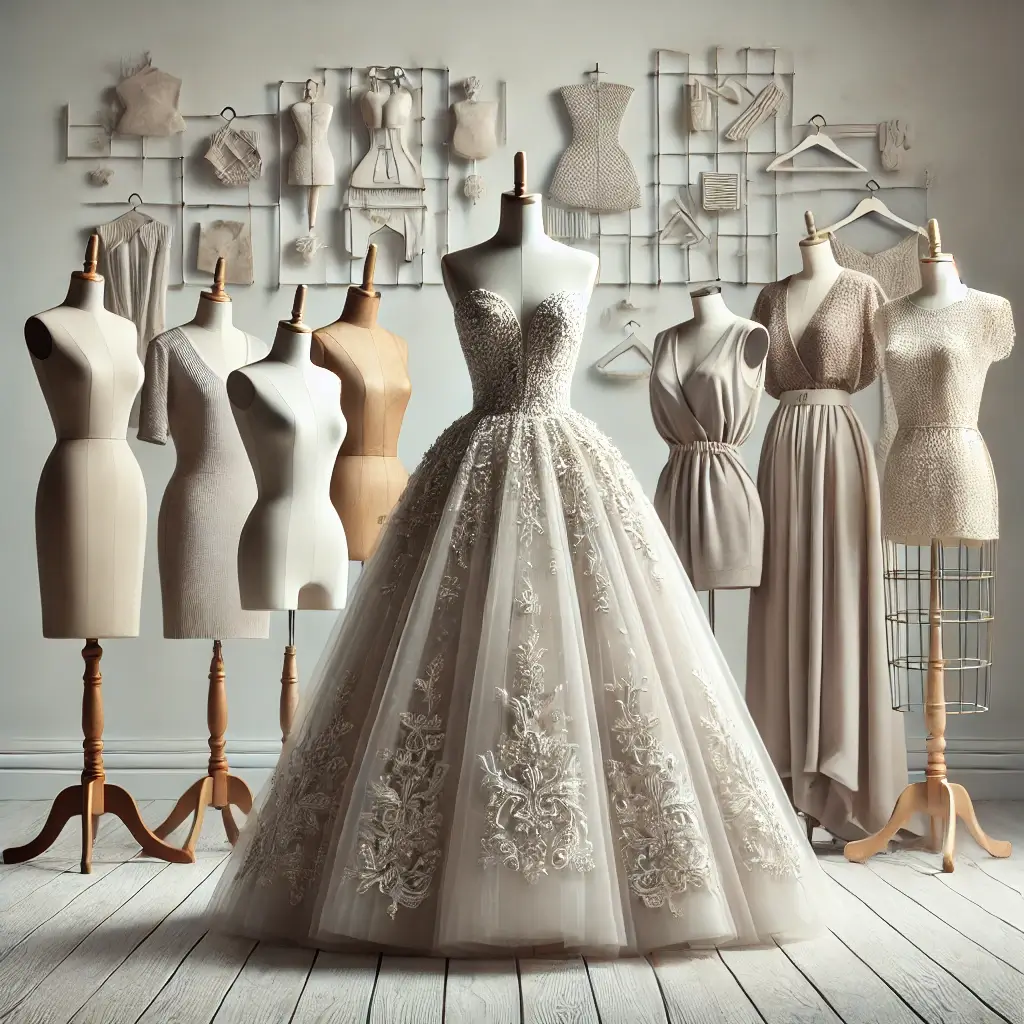
The Role of the Patternmaker in Fashion
A patternmaker is the unsung hero of the fashion industry. Acting as both a technical expert and an artist, the patternmaker transforms a designer’s vision into a tangible garment. Whether it’s creating the perfect drape or ensuring a precise fit, this role requires immense skill and creativity. But what does it take to become a successful patternmaker? Let’s explore the qualifications and challenges involved.
Qualifications for Patternmakers
1. Educational Background
To embark on a patternmaking career, most professionals earn a Bachelor’s degree in one of the following fields:
- Fashion Design
- Product Development
- Apparel Manufacturing
These programs provide a solid foundation in garment construction and design principles, equipping aspiring patternmakers with the essential skills to begin their journey.
2. Hands-On Experience
Practical experience is key. Many patternmakers start their careers as:
- Assistant Patternmakers
- Pattern Graders
This hands-on training allows them to master crucial skills, such as flat patternmaking and draping. Proficiency in Computer-Aided Design (CAD) is also indispensable for modern patternmakers, enabling precise digital pattern creation.
3. Personal Traits
A successful patternmaker should possess:
- Attention to Detail: Precision is key to getting the garment fit just right.
- Mathematical Skills: Calculations for sizing, proportion, and fit are a major part of the job.
- Artistic Eye: A deep understanding of line, balance, and symmetry is necessary to achieve the perfect fit and aesthetic.
- Critical Thinking: You must solve design and fit issues efficiently while meeting the creative vision.
Career Challenges: Merging Art and Science
1. Translating the Designer’s Vision
One of the biggest challenges is interpreting the designer’s ideas and turning them into a functional, wearable garment. You must understand how to manipulate fabric and structure to create the designer’s desired silhouette, all while ensuring it is wearable and comfortable. This demands both technical skills and artistic flair.
Example:
If a designer envisions a skirt that drapes elegantly, it’s up to the patternmaker to calculate exactly how to achieve that drape through the precise cut and shape of the pattern.
2. Mastering Textile Science
Every fabric behaves differently. Understanding the properties of fibers, stretch, weight, bulk, and pile is crucial. You need to factor in how these elements affect not only the garment’s fit but also its durability and appearance.
Did You Know?
Patternmakers work with textiles ranging from soft, stretchy jersey knits to heavy, structured wool. Each fabric requires different handling and design considerations.
3. Adjusting to Consumer Diversity
With an increasingly diverse consumer base, patternmakers face the challenge of catering to different body types, ages, and preferences. The days of standard sizes are fading. The modern patternmaker must accommodate a variety of shapes and sizes to ensure garments fit a wide range of consumers comfortably.
4. Balancing Creativity and Precision
In addition to mathematical accuracy, the ability to visualize and bring a design to life requires a keen eye for detail. Balancing the creative aspect with the technical execution is a constant challenge for patternmakers.
Advanced Specializations in Patternmaking
Patternmakers can specialize in various techniques, each essential in the fashion industry. Let’s explore some of the core skills that leading manufacturers demand.
1. Draping Expertise
For companies like Alexander McQueen, where garments often feature elaborate drapes, patternmakers must have a mastery of draping techniques. This skill allows them to create garments with fluid lines and dramatic silhouettes.
2. Flat Patternmaking
Brands like Tommy Hilfiger rely heavily on flat patternmaking to achieve clean, structured designs. This technique ensures that classic styles retain their iconic, tailored look.
3. Computer-Aided Design (CAD)
In performance-driven brands like Nike, CAD software is critical for creating innovative designs with precision. CAD allows patternmakers to simulate how a garment will behave on the body, which is especially important in activewear design.
Overcoming Career Challenges in the Fashion Industry
As fashion becomes more globalized, patternmakers face increasing demands. They must stay current with new technologies such as 3D garment rendering and sustainability practices that impact fabric choices. Collaboration across different teams—designers, seamstresses, and production managers—is also essential to maintain smooth production workflows and on-time deliveries.
Conclusion: The Future of Patternmaking
The patternmaker’s role continues to evolve, blending traditional craftsmanship with modern technology. This exciting and challenging career requires a deep understanding of textiles, a passion for design, and the technical skills to translate concepts into reality. Patternmakers will always remain an integral part of the fashion industry’s growth and innovation.
For more insights on the apparel industry, be sure to visit my website at https://antor.xyz or reach out via email at antor@anto.xyz.